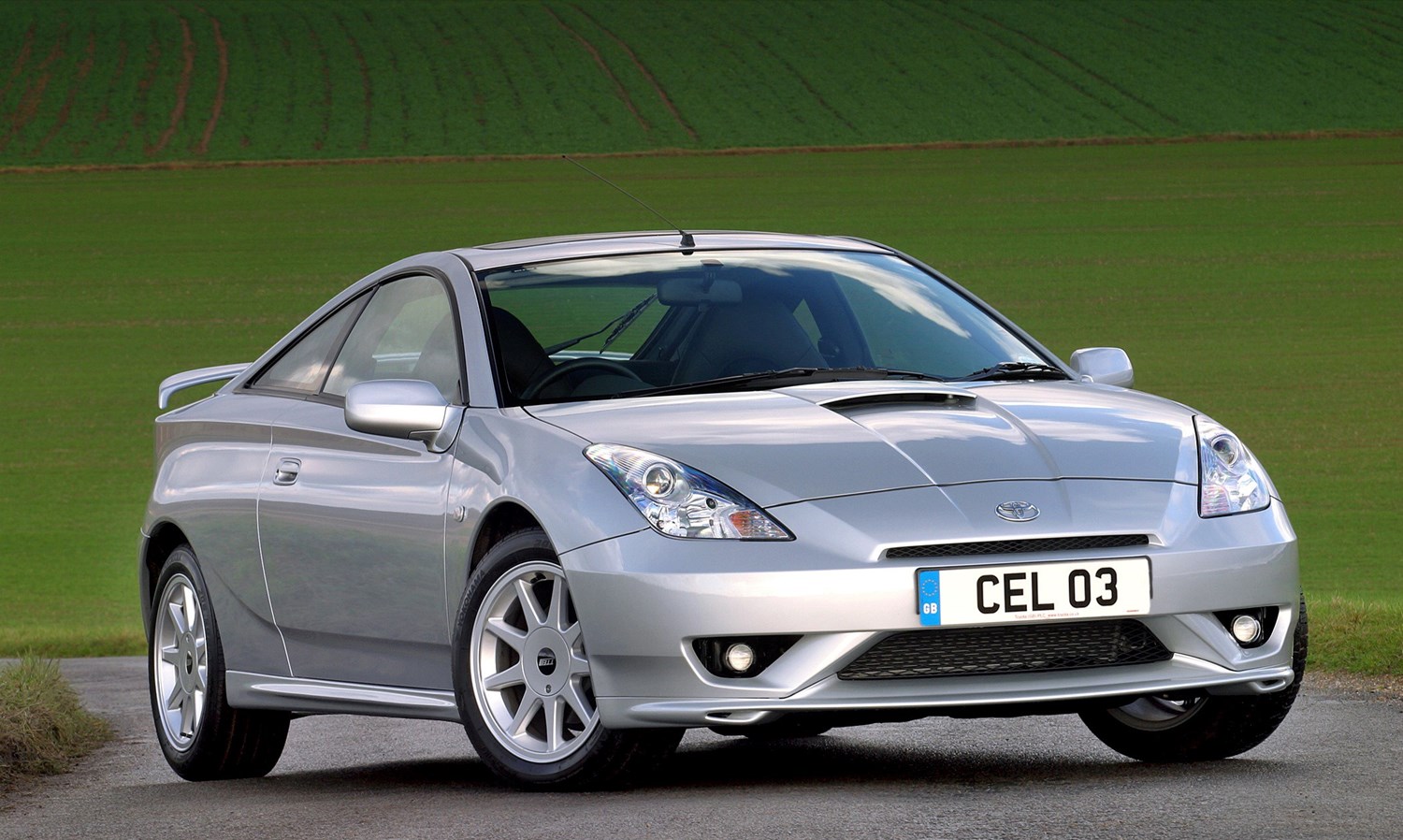Latest model
The last generation of Celica emerged in 1999, boasting a significantly more modern design, and was lighter with an engine co-developed with Yamaha. Unlike previous generations, this model was only ever offered in a single Coupe guise – rather than a convertible, etc.
In 2003 a mid-life facelift was launched, with the brand prioritising improved safety and driving fun for the model, as well as very subtle styling tweaks. The Celica bowed out in 2006, with the model’s production run ending with a GT version, which brought lowered suspension and a racey body kit to set it apart from previous models.
Following the Celica’s demise, there was a gap in Toyota’s range for an entry-level sports car for a number of years, before it was filled in 2011 with the launch of the GT86. More recently, the GR86 shows Toyota’s commitment to affordable performance models.
Value for money
At its launch in 1999, the Celica’s starting price was £19,255, which in today’s money is the equivalent of just over £30,000 – broadly the same as what you’d pay for Toyota’s new GR86 sports car today. Its relative affordability made it a quick hit, while it included plenty of standard equipment, including 16-inch alloy wheels, air conditioning, remote locking and a Sony CD player.
As the Celica hasn’t been on sale for some time, your only option is with older versions now. It's also a very affordable way to get behind the wheel of a new sports car. In fact, scruffy – if usable – versions start from as little as £1,000, though cleaner high-mileage models start from around £2,500. Expect to pay £3,500 for lower-mileage examples, with the best-of-the-best setting you back up to £10,000.
Looks and image
Though it might be more than two decades since the last generation of Celica debuted, this is a model that continues to look impressively fresh and modern, and nowhere near as old as it actually is. Its striking lines and low-slung look are akin to a more powerful and exotic model. If you want slightly more muscular styling, the late GT version is the one to go for, with its more aggressive bodykit and big spoiler making it stand out, though not everyone will like its more over-the-top look.
Inside, the Celica’s interior has sadly aged as well as many cars of this era, and by that we mean it now looks quite dated. There’s a lot of grey and black plastic that is indicative of the times, though models get comfortable sports seats and a great three-spoke leather steering wheel.
Though perhaps not quite as much fun to drive as some rear-wheel-drive rivals, there’s a lot to like about the way the Celica drives. Whether you choose the 140bhp or sportier 197bhp model, there’s more than enough power on offer, and it feels enthusiastic without having to do silly speeds. At the same time, it still offers a comfortable ride, while it would be very easy to live with on a daily basis – as many Celica owners did when it was new.





